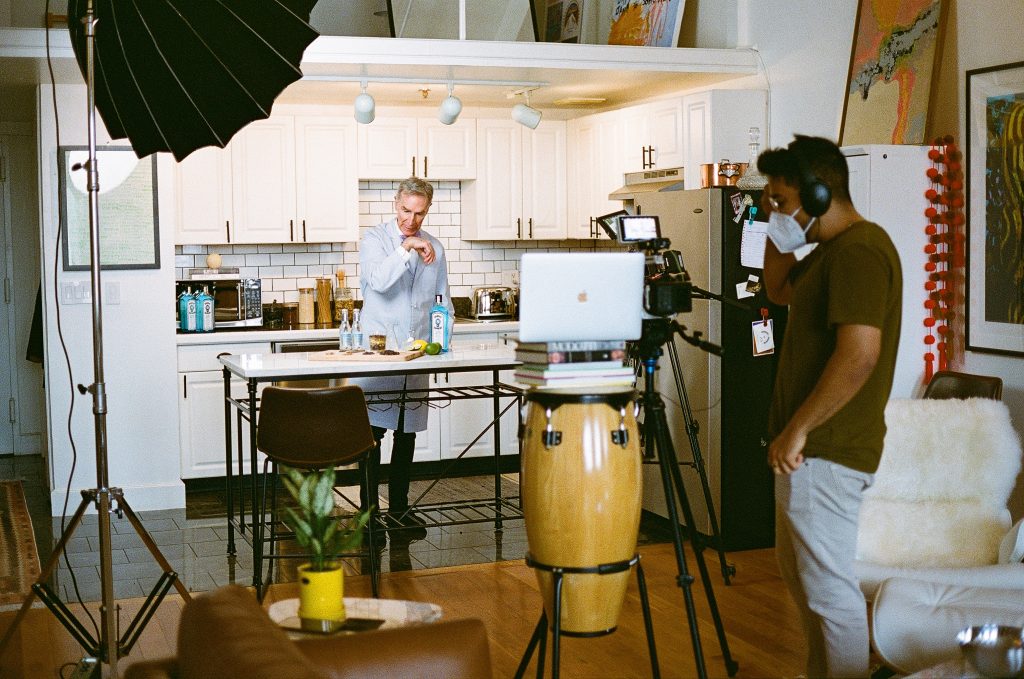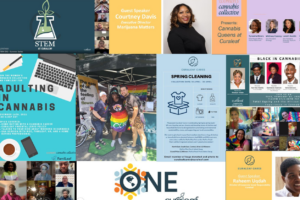Behind the scenes with Bill Nye’s TikTok team
The science icon and influencer has seen big viewer numbers in recent weeks, coinciding with a scholarship program in collaboration with Dr. Pepper.

Social media keeps changing, and TikTok has become the hot platform for brands looking to reach young audiences.
One person who has found success on the network is Bill Nye of “Bill Nye the Science Guy” fame. Nye has become a science and education advocate, and part of his outreach these days happens on TikTok.
We caught up with the team behind some of his recent short video success, including a promotion with Dr. Pepper that earned more than 40 million views on the weekend of its launch.
@billnye#ad Science RULES! And so does @Dr Pepper paying your tuition with the #IDeserveTuitionContest♬ Sweet Tuition – Dr P & the 23
Alejandro Corpus and Liz Yam, the founders of Keithcity Group, shared their take on what makes content work on TikTok—and why the goal should never be to “go viral.”
Important questions to ask
How should a brand think about approaching a TikTok campaign? In setting goals, Corpus argues that the team shouldn’t focus on the attention they hope to draw as a primary motivator.
“When putting together a TikTok campaign for a client, we, as an agency, believe it’s important to focus less on ‘going viral’ and more on executing the strategy we’ve put together,” Corpus says. “We want to help our clients reach their goals, whatever they may be.”
Before launch, Corpus advises asking three questions:
- What is the goal of this campaign?
- Who is the desired target audience?
- Are there opportunities for innovation?
“Working in this manner has led us to some viral moments for our clients,” he says.
Why TikTok is different
For social media managers and PR pros who are new to TikTok, there are some important differences to consider in comparison to other platforms.
“TikTok is different from a lot of other forms of social media because of how casual it can be,” explains Corpus. “Big brands no longer need big budgets for huge campaigns, yet they have an opportunity to reach a wide audience.”
In particular, TikTok has become a go-to tool for reaching younger audiences who are disenchanted with other forms of content.
“I think Gen Z specifically is no longer interested in traditional media,” Corpus says. “It used to be that you could be influenced by a beautiful Calvin Klein ad. But today Gen Z yearns to find the latest fashion trend or song in a medium that is less disrupted from what I would call ‘big suits.’ A 17-year-old can decide to post a Tik Tok wearing X,Y, or Z brand and use a song that’s maybe not too popular. Before you know it, a fast-fashion brand is spoofing the design, and the artist is performing at Coachella that year.”
In this way, TikTok challenges the listening and trendspotting skills of brand managers in unprecedented ways. The tastemakers are already creating content on the platform; brands just have to join the conversation. And, hopefully, add something meaningful to the discourse.
The ‘secret sauce’
Perhaps the most annoying question ever posed to social media creators is about their “secret sauce” for going viral. There’s no such thing, Corpus says.
However, there are ingredients that can give you a chance.
- Have fun. If you’re having a good time, the joy will seep through your content and resonate with your audience. “…we do have a lot of fun creating TikTok videos, and I think that’s reflected in the final product,” Corpus says.
- Be relatable. Corpus credits some of his team’s recent success with creating content that “people can relate to.” That means being down-to-earth and authentic, rather than trying to depict a fantasy where influencers show off other-worldly wealth and status.
- Consider diversity and inclusion. “Diversity is a big part of Keithcity Group,” says Corpus. “We’re a range of first-generation creatives and immigrants spanning from Mexico, Argentina, Scotland and China. I believe everything we create is influenced by our backgrounds and experiences.”
What comes next?
The only constant in digital media is change. When asked about what they see as the future of social media strategy and branded content, Keithcity Group points to virtual reality.
“We’ve experimented a little with virtual reality,” says Corpus, citing capabilities like being able to offer a lens where users can visualize a product in their home space. “We hope to play with virtual reality more in the future,” he says—an indication that content creators will follow their curiosity into the future, in pursuit of joy and fun.







